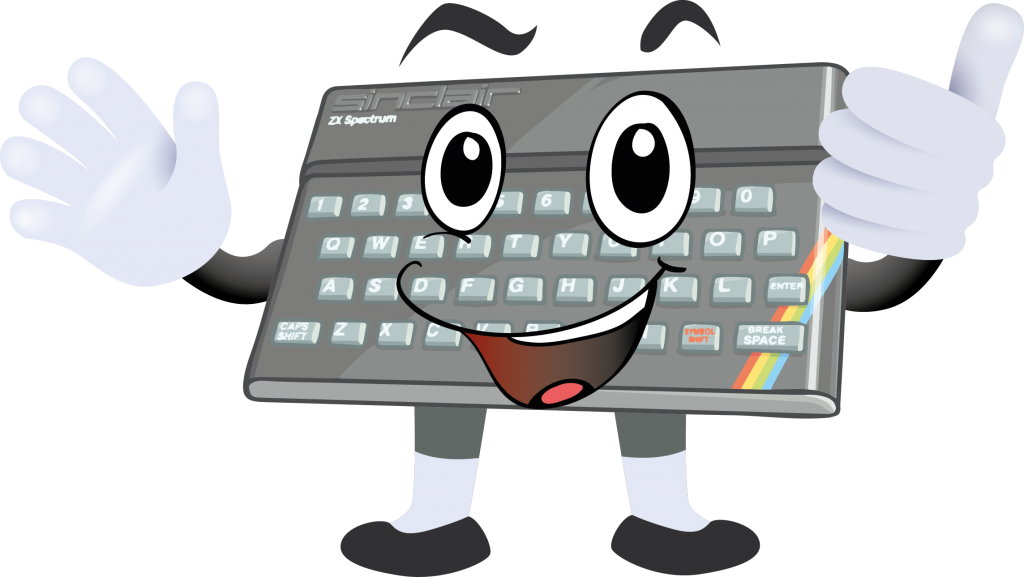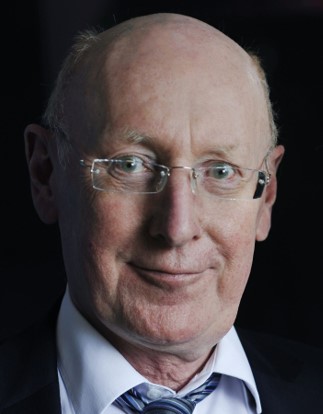Visit Guide
Here we will introduce you to some of the details pertaining to the life of Sir Clive Sinclair, and some of the iconic products he developed before he landed on computer creation and programming.
The following section will be on Computer Operation, to your right.

Credit: Besides the contexts you will have at your disposal here, you can also learn more about Sir Clive with an incredible video we are showcasing on the TV available on this section. Leigh Thompson created and adapted this video for us. He is a collaborator of “The Micro Museum” in Ramsgate, UK, a partner of our Museum and to whom we are very thankful.
SIR CLIVE SINCLAIR
A British entrepreneurs and inventor, Clive Marles Sinclair was born on July 30th, 1940, in England.

He founded Sinclair Radionics at the beginning of the 60’s. There he started by developing radios and High-Fidelity systems, by mail, to hobbyists. He moved to Cambridge in 1967.
In 1972 he launched the first pocket calculator, the Executive. He found great success in this market and even ruled it for a while, in England. In 1973 he invested in digital watched, pocket televisions and custom-made gadgets, all objects that you can find in this Museum.

In 1979 he begins his work on the computation area, which granted him worldwide fame and that is the reason you are standing here, in this Museum, today.

In 1983 he was apointed “Sir” by Queen Elizabeth II for the services he provided to the British Industry. It is on that same year that he won awards for “Guarding Young Businessman of the Year”, as well as the “Computing’s Person of the Decade”.
In the mid-80’s he dedicated himself to the area of electric mobility, something so in vogue back then as it is now. In 1985 he came out with C5.
In 1986 he sold to Amstrad the computation line, a result of the financial difficulties that were created by the C5, the CL computer and some other failed investments.
In 1987 he still releases the Z88 portable computer to a new company, Cambridge Computer Ltd.

In the beginning of the 90’s he went back to the electric mobility products, and in 1997 he launched a new miniature radio, the X1.
In 1999 he received IEEE’s Computer Entrepreneur award.
He was also an active member of the MENSA Society, destined for people with a very high IQ, and of which society he was president for many years.

